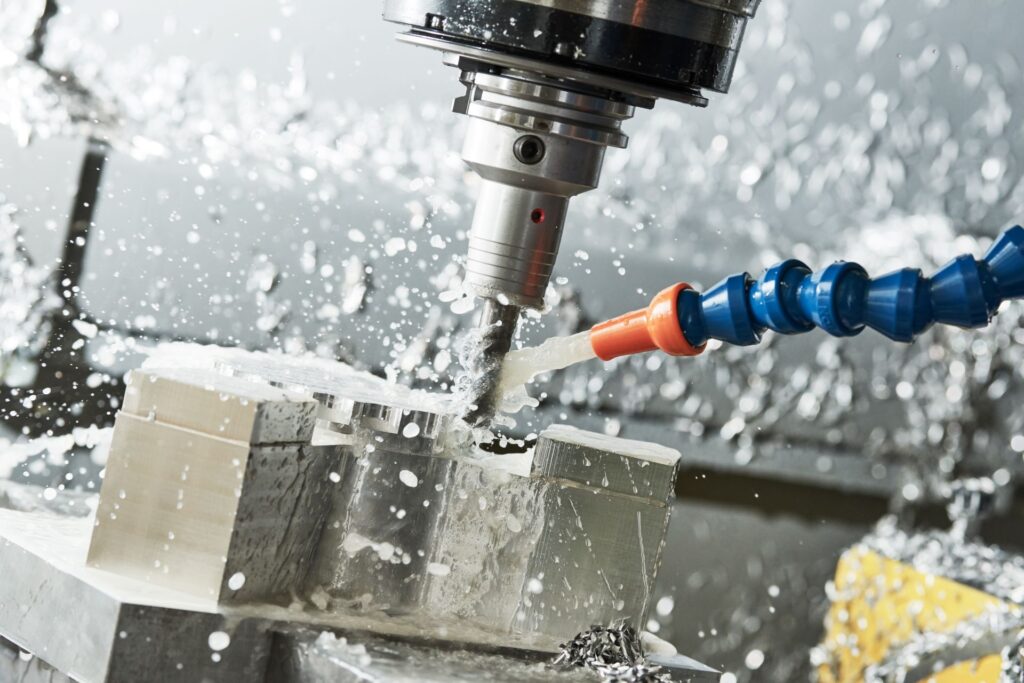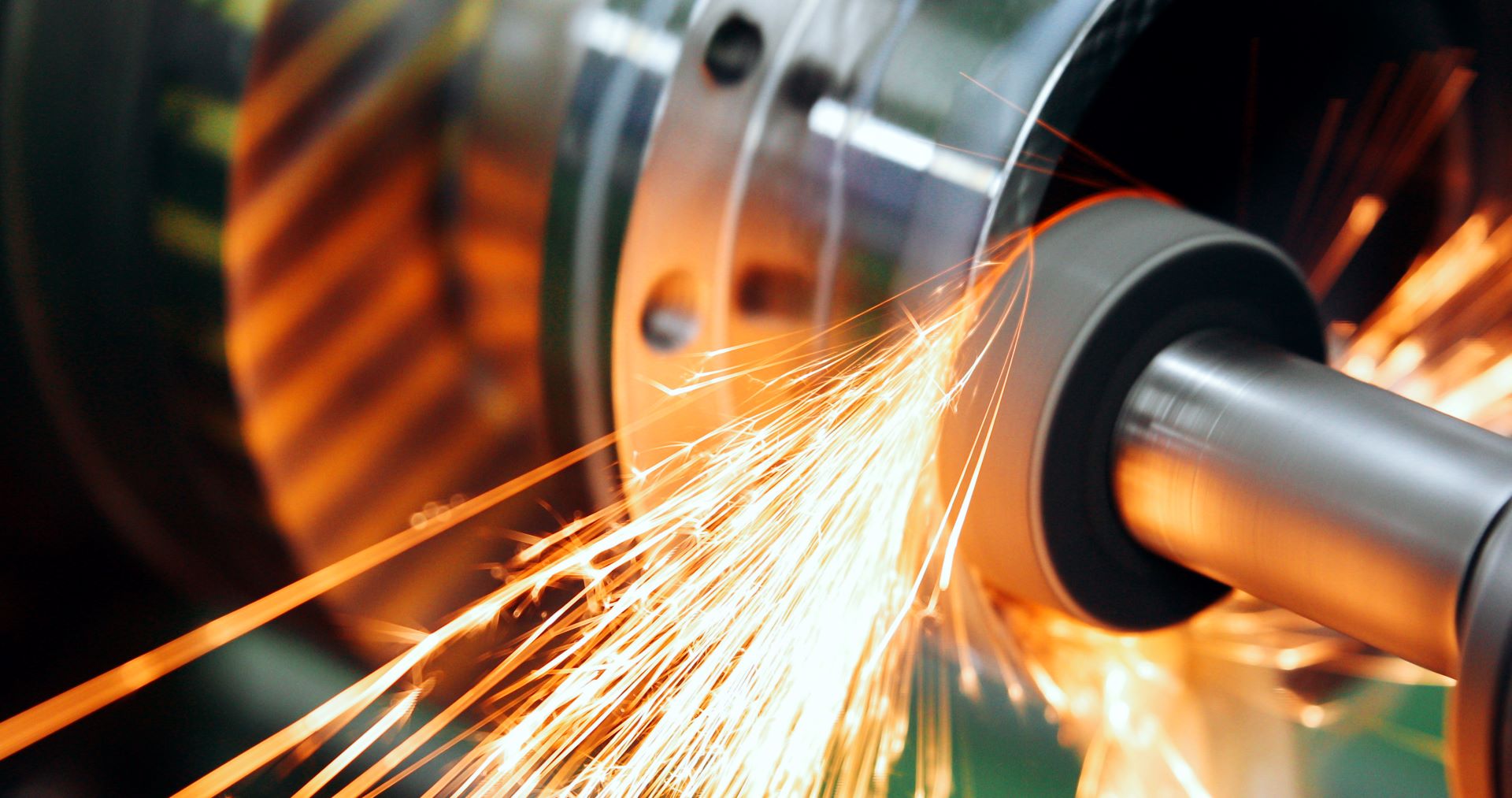7 Essential Tools For UK CNC Machine Shops

CNC is the acronym for computerized numerical control. This refers to a computerized type of manufacturing process, whereby pre-programmed software is being used as one that controls the overall movement of the production equipment in place. CNC machine shops are quite numerous in the UK (and in the rest of the world, for that matter), given the important role it plays in manufacturing.
The day-to-day work in a CNC machine shop, for instance, is characterized by a combination of mathematical calculations, mechanical designs, technical drawings, and computer programming in order to produce a wide variety of plastic and metal parts. Those resulting products are then further processed and used in the manufacturing of bigger products and items.
This article lists down some of the most recommended and essential tools CNC machine shops need to have. Read on!
1. Engine Lathe
The engine lathe is a type of turning machine used in almost every CNC machine shop. In fact, it may also be considered as the most important tool out of all the machine tools a shop could have, along with the surface plates for engineering.
Moreover, the engine lathe is referred to as the father of all other machine tools. This is because many of its fundamental mechanical elements are also successfully being incorporated into the design of other newer machine tools. As its name implies, the engine lathe can be used for a variety of purposes, including drilling, facing, and turning operations.
2. Drill Bits
Drill bits have a conical cutting point and a shaft with one or more flutes. Those flutes are the grooves, helical in shape, that run down through their exteriors.
When used in CNC machine shops and fabricating companies, drill bits can typically come in three varieties: centre, ejector, and twist drills. Centre drill bits are used for creating small and precise spots on the workplace, which are then drilled properly through the aid of a twist drill. An ejection drill, on the other hand, are used for deeper drilling.
3. Calliper
The calliper is another basic CNC machine tool recommended by most machinists. Its function is to measure the accurate distance between two opposite ends of an object. Depending on the type of calliper you have, you can also allow measurements to be read on a digital display, dial, or ruled scale.
Modern callipers today can also come in either digital or dial types. Whichever one you have, the most important thing to remember is to store the callipers the proper way; else, their quality can affect their precision.

4. Grinding Machine
A grinding machine is a type of power tool that creates a smooth finish for the workpiece. This is used particularly when that workpiece requires accurate dimensions or a very smooth surface. A grinding machine functions through its rotating abrasive wheel, which then comes into contact with a rough surface. This is how all the irregularities are removed to make that surface smoother.
5. Milling Machine
A milling machine is used to cut metal when it’s fed against the rotating cutting tool, known as the milling cutter. It comes in quite a wide variety of sizes, usually depending on the type of milling operation being done.
Milling machines can cut through T-slots, flat surfaces, dovetails, shoulders, and even inclined surfaces. These have various designs, including:
- Standard knee-and-column machines, such as the horizontal and vertical types
- Machines designed for milling jobs
- Bed-type or manufacturing machines
6. End Mill
An end mill is similar to drill bits. But, the difference lies in how end mills are more versatile in the functions they’re able to perform.
A typical end mill is characterized by eight sharp flutes, both on its sides and ends. This allows the end mill to remove large amounts of material within a short period. For CNC machinists, an end mill is the go-to tool if you want to cut straight down through the material you’re working with, without making a spot or a pre-dilled hole.
7. Edge Finder
The edge finder is a CNC machine tool also known by other terms like wiggler, laser-centring device, and wobbler. In a CNC machine shop, the edge finder is used like a mill: the purpose of which is to accurately align the machine tool with the centre, layout markings, or edges.
Conclusion
Owing to the variety of functions and processes that are being done in a machine shop, it’s expected that there’ll be quite a lot of tools used in a single shop alone. In fact, the list above is, by no means, exhaustive. It serves only as a guide to some of the most essential tools you should have. As the CNC machine shop expands in operation, you’ll certainly need to procure more. But, always remember that what your CNC machine shop needs depends on the kinds of materials you process and manufacture.




